Guide to Metal Subgenres
With so many options, a guide to metal subgenres can help any newcomer or devoted fan find the perfect band.

Any newcomer to metal is almost immediately overwhelmed by the cornucopia of metal subgenres in existence. When you look on paper, names don't mean too much. Doom metal? Black metal? Death metal? They basically sound the same, so what's the big deal in mixing the terminology up a little? Who's gonna care?
Well, the truth is that there's a huge difference between doom and death metal. While you really ought to listen to all the different metal subgenres to gain an appreciation for their diverse styles, it's important you also understand the theoretical differences between each metal genre, so you know what appeals to you and what you ought to seek out. This guide to metal subgenres will help you learn the differences between each metal genre.
Heavy Metal

The core metal subgenre from which all other metal subgenres derive, heavy metal, in essence, is metal that draws influence primarily from the original metal bands. These are bands that draw a direct lineage to Black Sabbath and Led Zeppelin without distinctly changing the levels of distortion, speed, or intensity.
Examples include KISS, Judas Priest, and Alice Cooper.
Thrash Metal
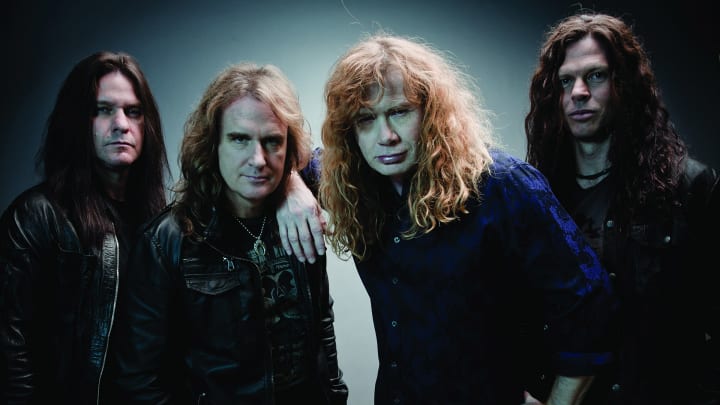
One of the first main off-shoots of heavy metal, thrash metal increased the magnitude of the early metal scene – upping intensity, speed, complex guitar rifts, the pitch of the lyrics – all to make an intense, energetic metal subgenre. Oh, and this is where shredding guitar solos really became an art form, almost.
Examples include Metallica, Megadeth, and Slayer.
Power Metal
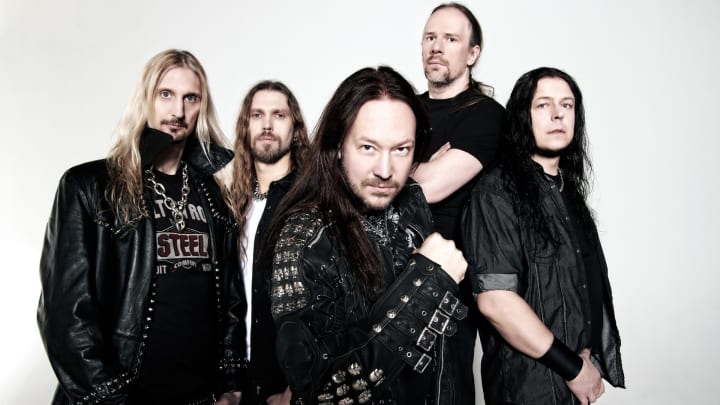
The guide to metal subgenres must contain power metal. lt emphasizes clean, undistorted noise and high vocals. It is, in essence, a very different beast than doom and dark metal. Of all the metal subgenres, it is perhaps the most melodic and flowing of all metal genres. Often, the lyrics deal with fantasy elements in order to create a grand, epic tone.
Examples include DragonForce, Helloween, Kamelot, and HammerFall.
Symphonic Metal
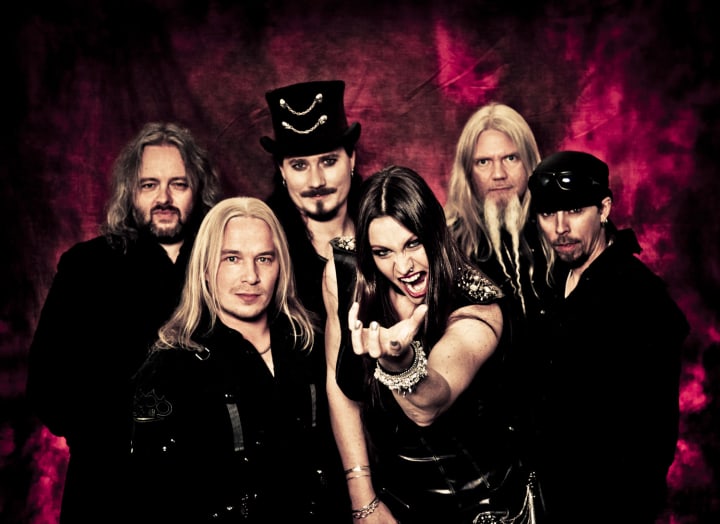
Symphonic metal combines metal with symphonic music, incorporating a diverse collection of string instruments and keyboards in order to add a classical element to their metal music.
Examples include Nightwish, Within Temptations, and Epica.
Glam Metal
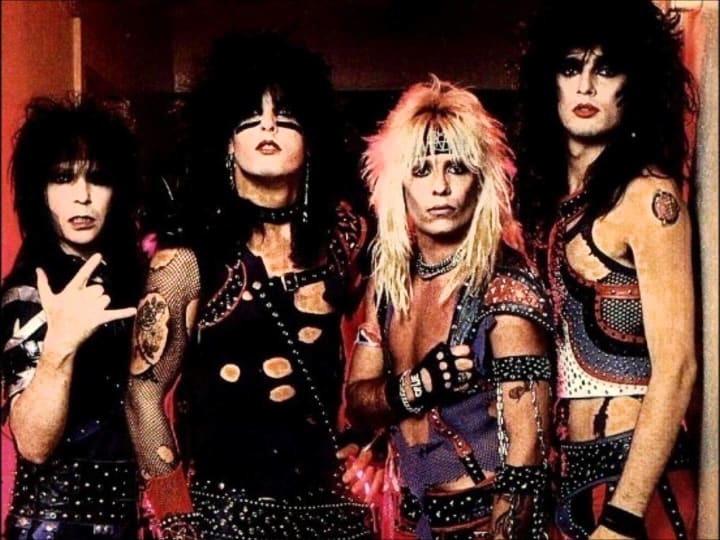
Glam metal is no longer as prominent as it had been back in the 80s, but this is a necessity on the guide to metal subgenres. It remains distinct in part thanks to how much of a product of its times it truly was. Glam metal incorporated glam rock styles and aesthetics into the early metal movement. In short, you take Black Sabbath and mix in some David Bowie, then you're halfway there.
Examples include Alice Cooper, Van Halen, Motley Crue, and Dokken.
Black Metal
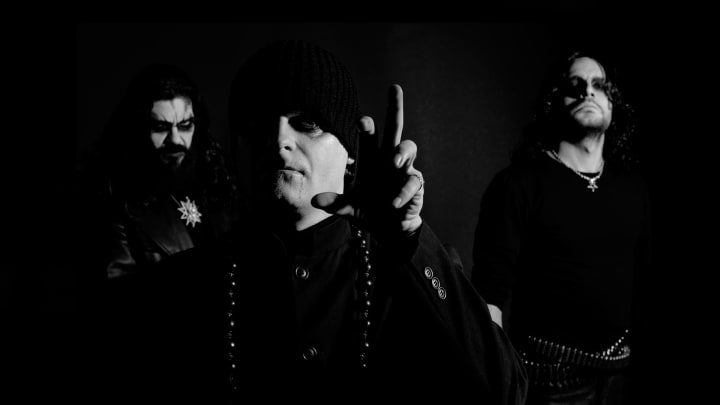
Distortion is the name of the game with black metal. Black metal puts a heavy emphasis on extreme noise. Shrieked vocals, distorted guitars, incredibly fast tempos. Black metal is often criticized in the media, as its lyrics (if you can actually recognize them as words) deal with iconoclastic ideologies (specifically, lyrics that dismantle and oppose religious beliefs and religious people).
There are two distinct waves of black metal: early black metal is simply an off-shoot of thrash metal, being just more extreme. In the later 90s, however, many German bands took the early style of black metal to its logical extreme, becoming a distinctly different metal subgenre all its own.
Examples of first wave black metal include Venom, Hellhammer, and Celtic Frost. Examples of second wave black metal include Darkthrone, Emperor, and Immortal.
Death Metal
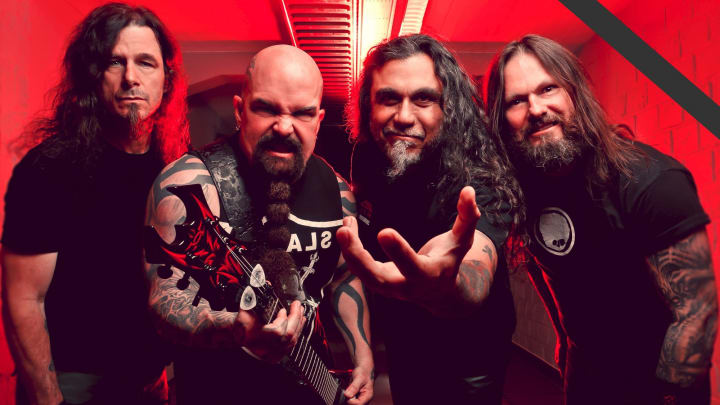
An off-shoot of first wave black metal and thrash metal, death metal is an incredibly distorted and loud metal subgenre, defined by intense drums, distorted guitar rifts, and loud, growling vocals.
As death metal grew more popular, however, various off-shoots of the genre started to form, often intermingling other genres and musical styles into the death metal subgenre. This has resulted in death metal becoming a highly creative subgenre full of potential, new music.
Examples of pure death metal include Slayer, Kreator, and Venom. Offshoots include Gorefest, Archenemy, Sacramentum, and Nocturnus.
Industrial Metal
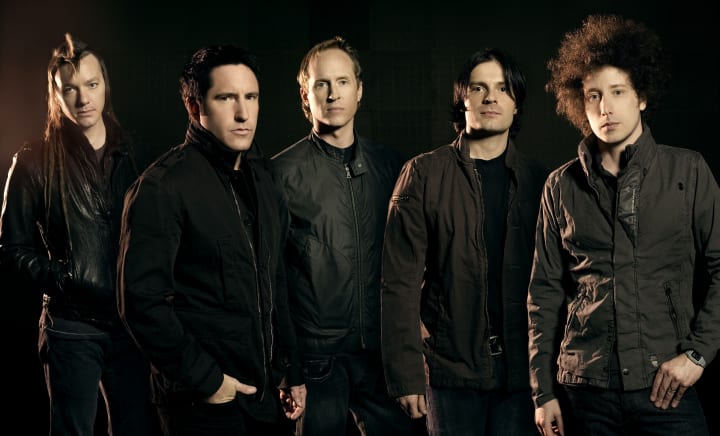
Industrial metal takes elements of industrial rock, and throws some metal into it. Heavy guitars. Distorted music. But, along with that, there's a lot of synth music to give the distorted guitar rifts an almost artificial sound as it plows on by. They often are very dark, both in terms of atmosphere and lyrical content.
Examples include Rammstein, KMFDM, Nine Inch Nails, and Marilyn Manson.
Christian Metal
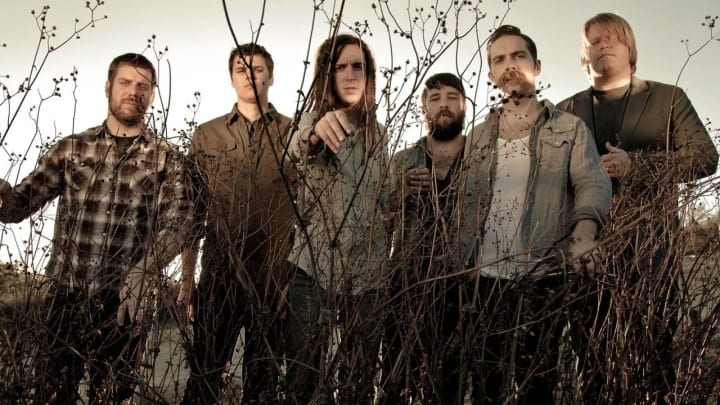
Sometimes referred to as "white metal" (in opposition to black metal), Christian metal is metal with Christian-themed lyrics. Stylistically, there is nothing distinct about Christian metal as a subgenre. A band, therefore, can be a thrash metal or nu metal band while simultaneously being a Christian metal band. This metal subgenre is defined only by the subject matter of its lyrics, not the style of the music.
Examples include Resurrection Band, Jerusalem, Underoath, and Demon Hunter.
Stoner Metal
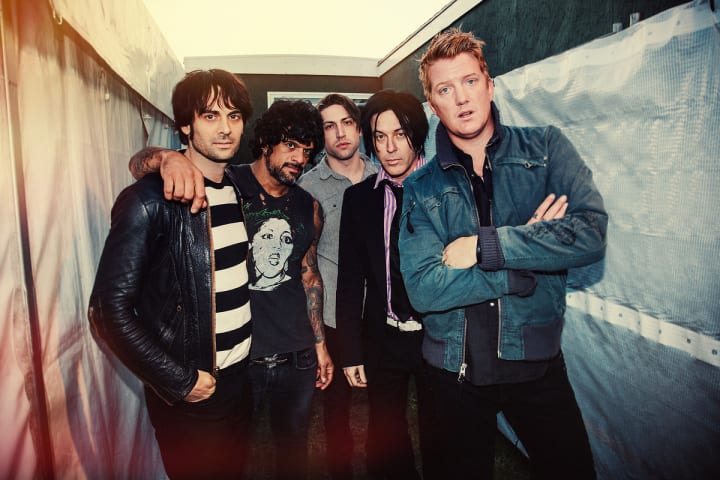
Stoner metal incorporates a more psychedelic feel than normal metal, all in order to create a slower-tempo, blues-influenced subgenre of metal intended to create an almost retro-rock feel. Stoner metal bands may or may not incorporate marijuana-imagery into their aesthetic.
Examples include Queens of the Stone Age, Mastodon, and Electric Wizard.
Doom Metal
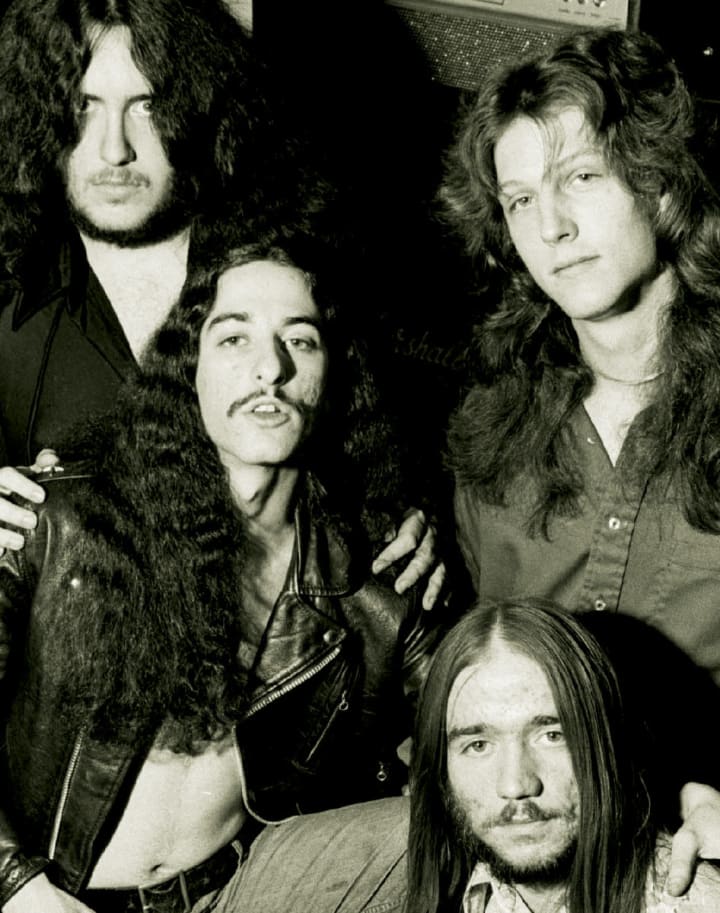
Doom metal is probably one of the oldest metal subgenres, since it draws heavy inspiration from Black Sabbath, one of the first major metal bands. Doom metal puts a focus on slow tempos, low-tuned guitars, and an all-around "thicker" sound. The intent of doom metal is to fill the audience with a sense of incoming dread.
Examples include Pagan Alter, Pentagram, and Count Raven – and, of course, Black Sabbath.
Gothic Metal
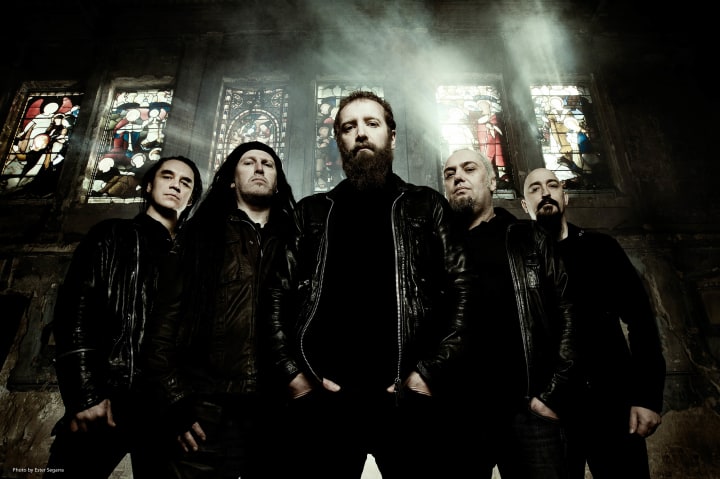
The signature of the goth subculture, gothic metal combines gothic rock with the heaviness of doom metal. It's known for its dark atmosphere, horror-aesthetics, and lots and lots of leather.
Examples include Lacuna Coil, Paradise Lost, and Tiamat.
Sludge Metal
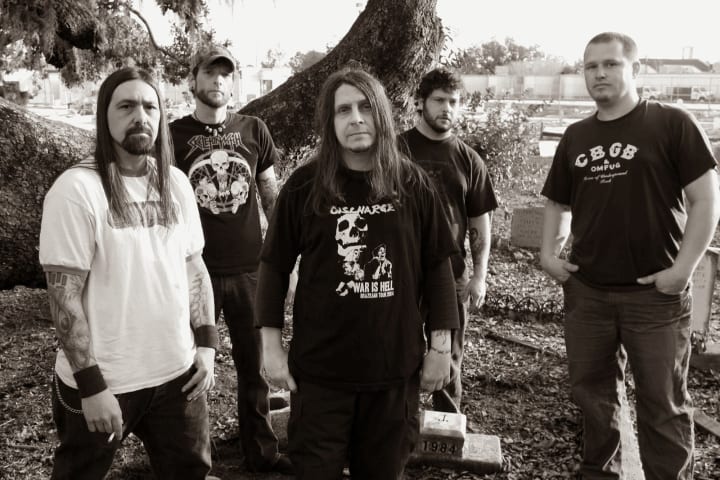
Sludge is a derivative of doom metal. It combines elements of doom metal with heavy distorted noise. Lyrics are often screamed and loud, dealing with drug abuse and human depravity. It is slightly faster than typical doom metal.
Examples include Crowbar, Eyehategod, and Acid Bath.
Alternative Metal
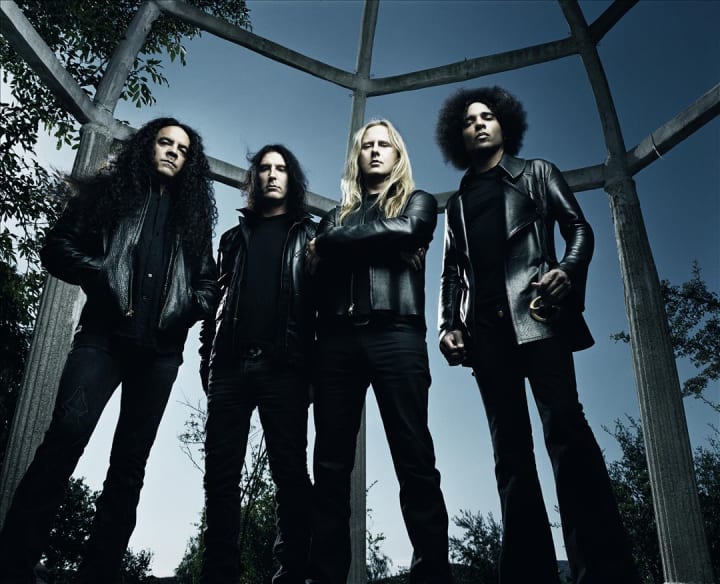
Alternative metal combines elements of alternative rock and metal together. One distinguishing quality to this metal subgenre is its focus on melodic tunes and lighter music. The genre chooses to experiment with the typical structure or sound of metal music.
Examples include Alice in Chains, Breaking Benjamin, Godsmack, and System of a Down.
Avant-Garde Metal
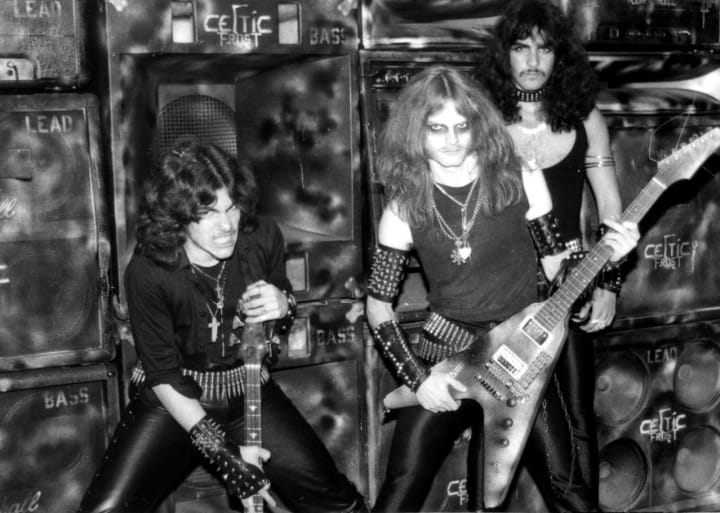
In a similar fashion to alternative metal, avant-garde metal takes the metal genre, and plays with the structure of typical metal music. However, avant-garde metal pushes the limits by incorporating various other musical styles and genres into the music.
While it is easy to dismiss avant-garde metal as simply extreme alternative metal, the truth is that the music that comes out of this metal subgenre is sometimes too weird and too bizarre to be properly categorized.
Examples include Celtic Frost, Boris, and Sunn 0))).
Funk Metal
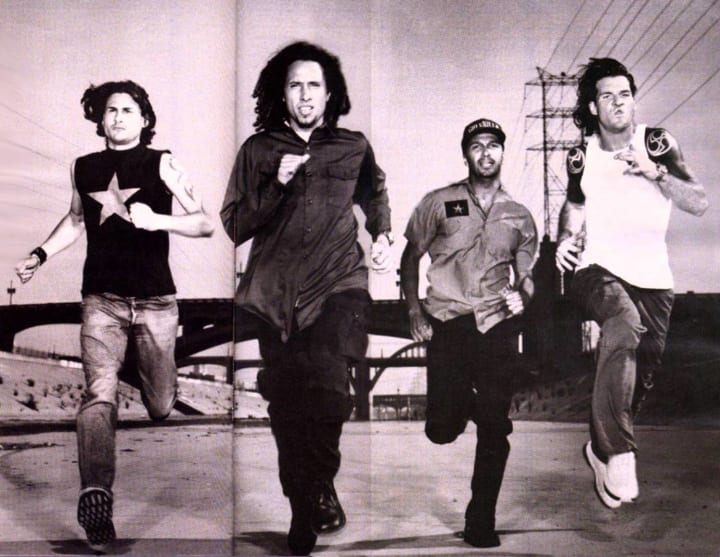
Funk metal combines elements of alternative metal and funk music in order to create a jazzy, soul-infused metal genre. The genre really kicked off back in the 80s, and is very close in style to thrash metal, as the two genres often incorporate elements of the other into their genre.
Examples include Rage Against the Machine and Mordred.
Crust Punk
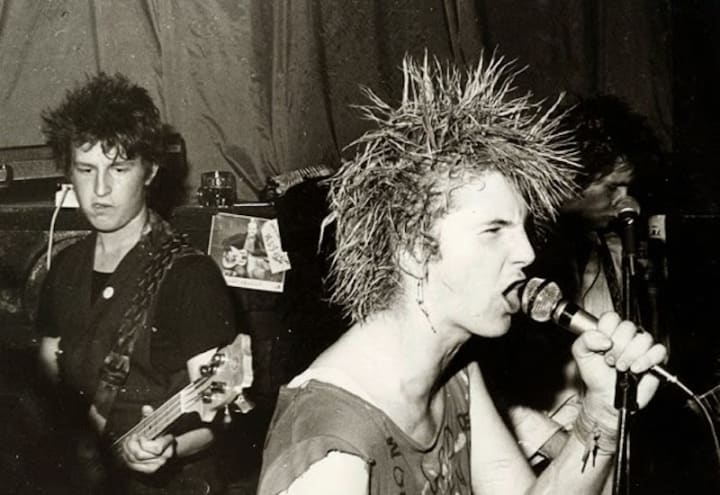
Crust punk, sometimes referred to as "crust," is a metal subgenre defined by its growled-out lyrics, which are often pessimistic musings about society, politics, and the social environment. Its music is primarily bass-heavy, fast-tempoed with occasional slow moments. It originated in England back in the 80s, and has remained a fringe subgenre in the metal scene ever since.
Examples include Doom and Amebix.
Nu Metal
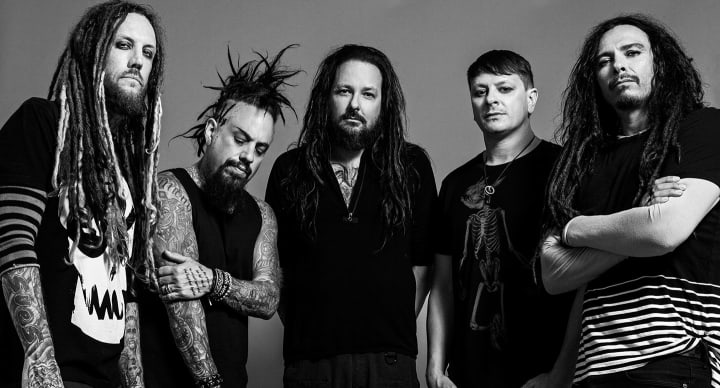
Nu metal – oh boy, how do we even begin with this one? Dismissed by many as a brief fad, nu metal is the combination of hip-hop and alternative metal. A focus is put on guitar rifts integrated with rapping. For better or worse, many bands that started out as nu metal developed over the years into more straight-forward alternative metal.
Examples include Korn, Linkin Park, Papa Roach, and Deftones (toward the beginning of their careers).
Metalcore
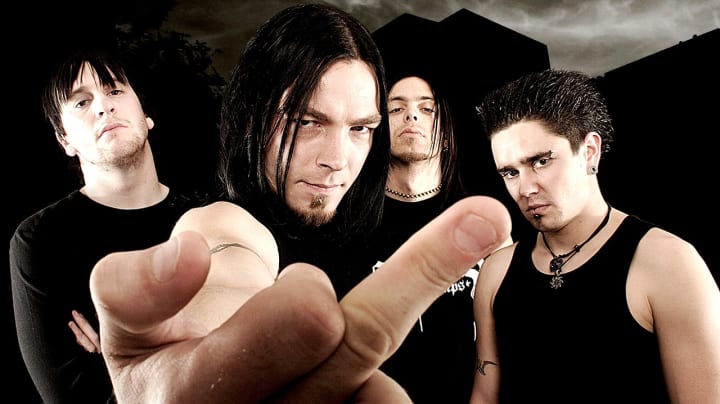
Metalcore combines heavy metal and hardcore punk to create an aesthetic that is truly intense. Hardcore guitar rifts, growling vocals, and hardcore drums, metalcore often brings the music down to the lowest settings possible in order to create a gravely, distorted sound.
Examples include Atreyu, Avenged Sevenfold, Bullet for My Valentine, and Killswitch Engage.
Folk Metal
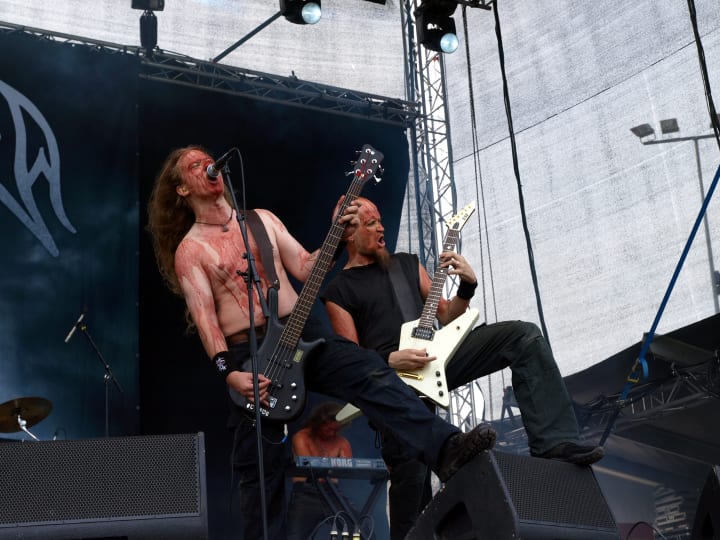
Folk metal integrates metal with, of all things, traditional folk music. Usually, folk metal either incorporates folk instruments or folk singing styles into the metal scene. Lyrics often involve historical or mythological references in order to create an almost nostalgic throw-back to days gone past.
Examples include Moonsorrow, Finntroll, and Subway to Sally.
Kawaii Metal
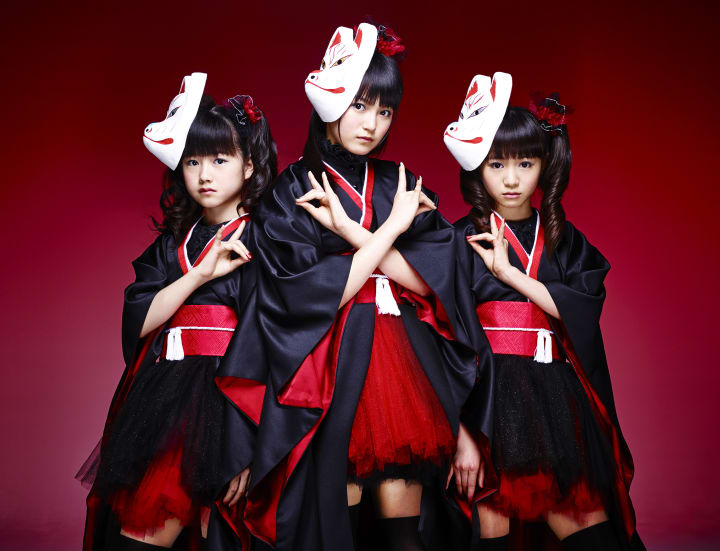
Literally translating into "cute metal," kawaii metal is what happens when you combine the J-pop craze with metal. Combining power metal music with traditional Japanese pop aesthetics, kawaii metal contrasts gravely lyrics and music with – sometimes abrupt – cuteness.
Examples include Babymetal, Ladybaby, and Dazzle Vision.
Post-Metal
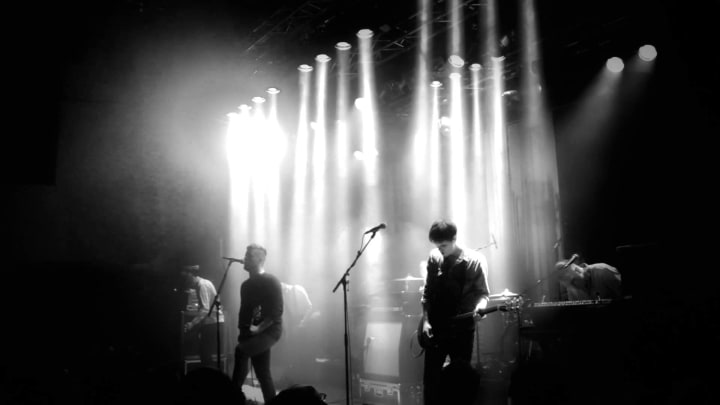
Post-metal is, in many respects, the metal equivalent of post-rock. Primarily an American movement, post-metal deemphasizes vocals in favor of the music. The intent is to create swelling emotion without needing to focus on the vocals.
Examples include Isis, Cult of Luna, Pelican, and Neurosis.
About the Creator
Bethany Tiamat
I love three things: books with yellowed pages, long walks on beaches with my german shepard Dany, and dishes incorporating fried onions.






Comments
There are no comments for this story
Be the first to respond and start the conversation.